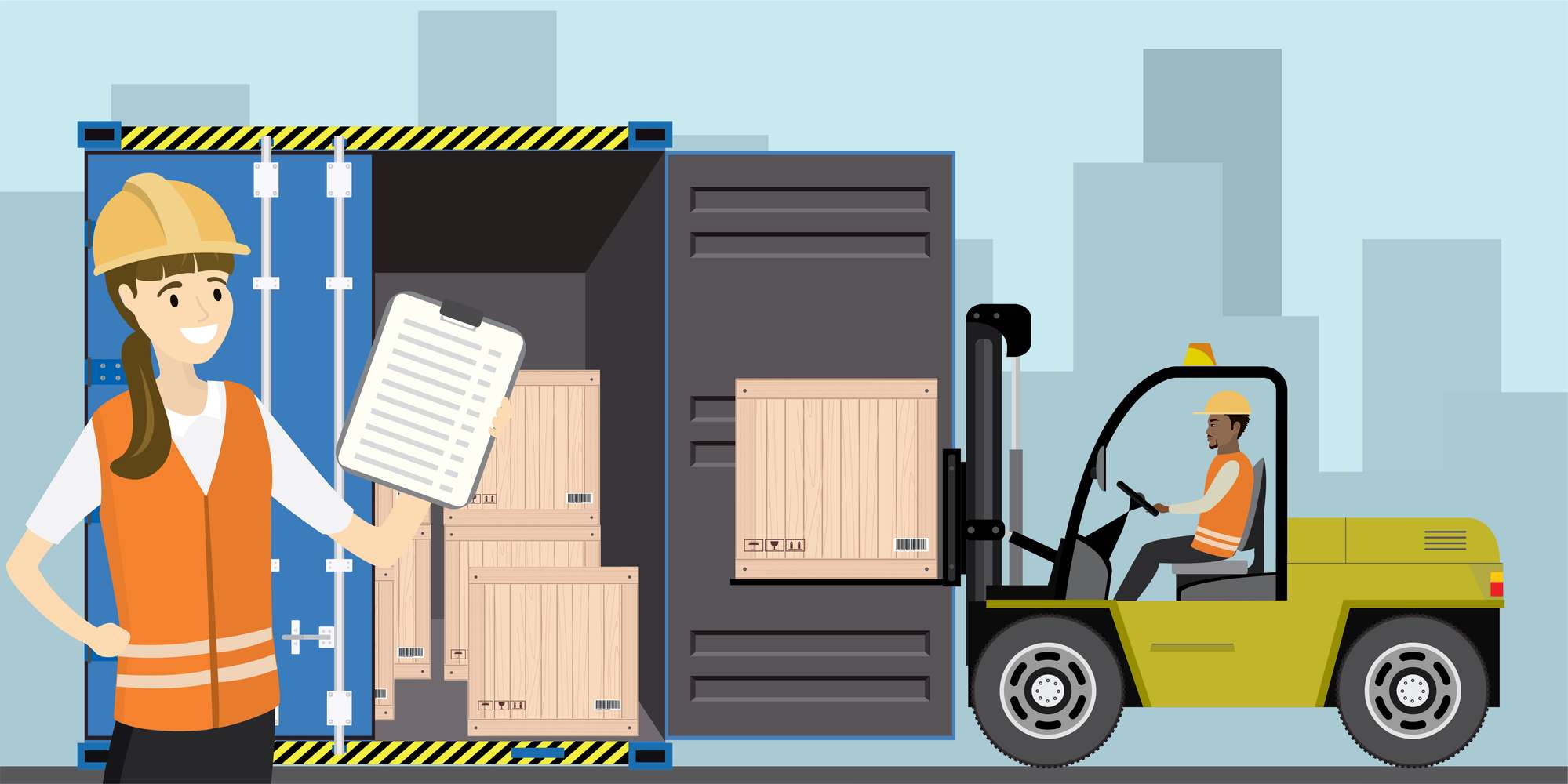Andrew Johnson|

According to the Occupational Safety and Health Administration (OSHA), there are seven distinct types of forklifts. OSHA also notes that it?s a requirement for operators to be aware of the truck specifications ? which are found on the nameplate ? before use.
Classification is based on factors including:
The seven forklift classes are as follows.
Vehicles in this class are powered by industrial batteries and equipped with transistor motor controllers for movement and hoisting
As one of the most versatile forklift trucks, they?re used in applications ranging from storage facilities to warehouses to loading docks.
With the option for either cushion or pneumatic tires, this class of vehicle is generally preferred when air quality is critical.
Common examples of electric motor rider trucks include:
As the name suggests, these vehicles are for use in narrow aisle environments. This allows for easier maneuverability, as well as the ability to make the most of available storage space.
Despite the smaller size, electric motor narrow aisle trucks still have plenty to offer in regards to efficiency, power, and speed.
Common examples of electric motor narrow aisle trucks include:
As hand-controlled forklifts, the operator stands in front of the vehicle and controls the lift through a tiller. Control on top of the tiller allows the operator to steer the trucks. Electric motor hand trucks are battery-powered.
Common examples of electric motor hand trucks include:
These forklifts are most often used inside to transport palletized loads from location to location. When equipped with cushion tires, these forklifts ride lower to the ground, thus making them a popular choice in low-clearance environments.
These vehicles are similar to those in Class 4, with the only difference being the use of pneumatic tires.
Internal combustion engine trucks are most often used in warehouse settings, however, they can also assist with a variety of tasks outdoors. This is due in large part to the pneumatic tires, large capacity range, and handling ability.
If versatility is what you want, one of these vehicles should meet most or all of your needs.
Electric motor models are designed for indoor use, with internal combustion engines for outdoor applications.
A sit-down rider is a common example of an electric or internal combustion engine tractor.
With the use of large floatation tires, rough terrain forklift trucks can tackle almost anything that comes their way.
These vehicles are most commonly used on construction sites to move building materials over long, rough terrain.
Common examples of rough terrain forklift trucks include:
It?s a plus that there are seven distinct types of forklifts to consider. This improves the likelihood of finding one that suits your needs.
However, you must choose the right forklift for the job. Making a poor decision can put you and your co-workers at risk of injury. And that doesn?t even take into consideration the damage you can cause.
Your decision is based largely on the factors used to classify forklifts: features, applications, and fuel type.
For instance, if you?re working indoors, an electric forklift is preferred over an internal combustion engine.
Or perhaps you?re working outdoors on a roughly graded construction site. In this case, a rough terrain forklift truck is better than all other options.
As an operator, it?s imperative to have a clear understanding of the seven classes of forklift trucks, as well as the training needed to operate them safely.
With this basic information, it?ll be easier to choose the right forklift for the job you?re tackling.
